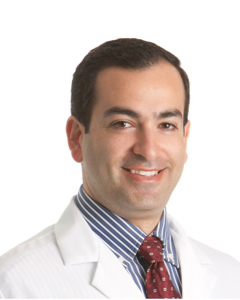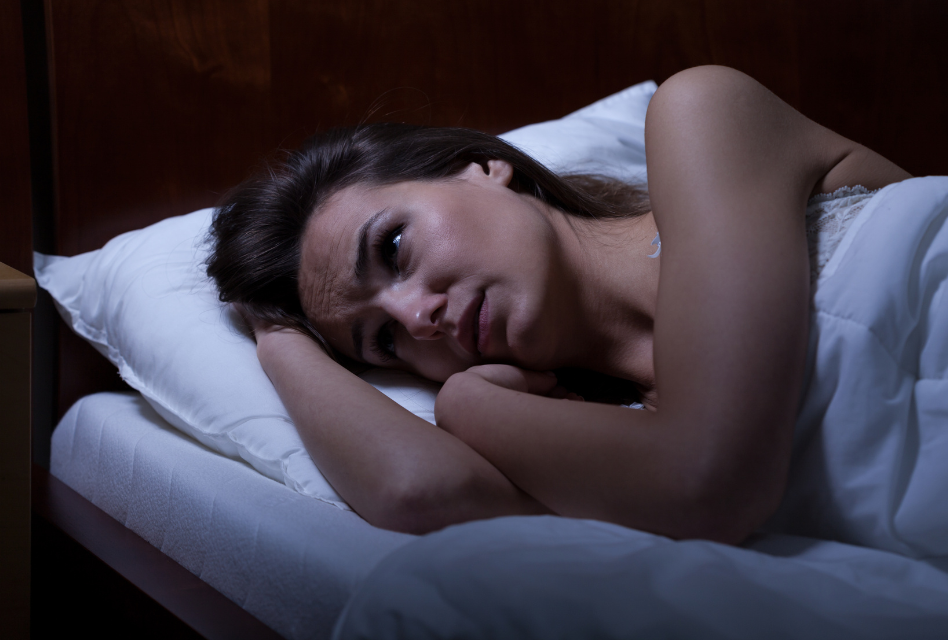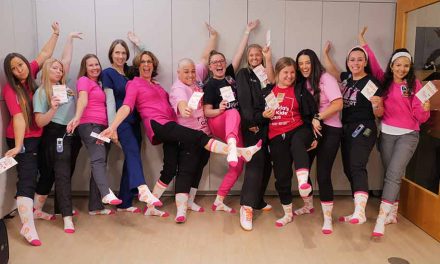
When we think of sleep disorders, we tend to focus on insomnia. But sleep disorders can also include strange and seemingly inexplicable behaviors, especially in the twilight period between rest and wakefulness. These are known as parasomnias, and the symptoms can vary in severity from patient to patient.
There are three categories of parasomnia.
Non-REM-related Parasomnias
Your sleep cycle each night is divided into REM and non-REM segments. REM is the deepest stage of sleep, named for the rapid eye movement that occurs. Most of the time that you’re under the covers, you experience non-REM sleep.
Non-REM parasomnias are abnormal sleep behaviors that occur outside of REM sleep. During your non-REM sleep, you have limited responsiveness and may even awaken partially. Some examples:
- Confusional arousal occurs in the twilight zone just before someone would naturally awaken. In this state, you’re disoriented and may even sit up, but it would be rare if you left the bed.
- Sleepwalkers pad through the house while still entirely asleep and may even open the fridge and start eating. Some have been known to try on clothes and do other everyday actions. Sleepwalkers have limited awareness of people around them or their surroundings.
- Night terrors are much like nightmares, coupled with aggressive behavior. If you experience night terrors, you’re most likely screaming and yelling for up to an hour. You may appear awake, but you’re not. If your partner or someone else tries to calm you down, it won’t work.
- Sleep-related sexual abnormal behaviors can cause someone to pleasure themselves or engage in sexual behaviors with a partner. In the morning, they will not remember that this occurred.
REM-related Parasomnias
These parasomnias occur during the REM stage of sleep when your body rejuvenates. During this phase of sleep, your muscles are paralyzed, except for your heart, diaphragm and eyes. This is a very complex stage of sleep during which many body processes occur, including hormone release. Within this category are three variations of REM-related parasomnias:
- REM sleep behavior disorder occurs when patients start to experience muscle tone during REM sleep and can move. They can be aggressive, perhaps kicking a partner in bed. They may also act out a dream in a violent way, such as punching, kicking or hiding behind furniture. This diagnosis is fairly common with people who have Parkinson’s.
- Recurrent isolated sleep paralysis occurs when one is awake in deep-stage REM sleep but cannot move or speak. They can look around. They may even experience visual or auditory hallucinations, such as envisioning the devil or feeling ants crawling on their skin. This happens most often just before one naturally awakens from sleep and is common among people who suffer from narcolepsy.
- Nightmare disorders differ from night terrors in that these do not cause aggressive behavior. If you suffer from this, you experience very vivid and unpleasant dreams, typically after you’ve had a long day. They most commonly happen between 2 and 5 am, which is when the largest concentration of REM sleep occurs.
Other Parasomnias
A few other parasomnias can occur in the transition period between sleep and wakefulness, typically in the early morning. These include:
- Exploding head syndrome, which causes you to hear and experience an incredibly loud noise. This can be stressful, leading you to awake most likely with heart palpitations and feelings of anxiety. This diagnosis is more common in women than men.
- Sleep-related hallucinations can be visual, auditory or tactile, and occur typically as we fall asleep or awaken from a deep-stage sleep.
- Bedwetting occurs mainly in kids and elderly adults. This is an involuntary mechanism, most often related to stress. For kids, it can help to identify the stressor, whether it’s an older sibling’s teasing or perhaps a bully at school. In most cases, bedwetting is resolved when the stressor goes away. In other cases, medication may be the culprit. If not, this is something to talk to your doctor about.
If you suffer from any of these parasomnias, talking with a sleep medicine specialist for an evaluation might be the next step. These specialists can determine if yours is a true REM disorder or something else.
In many cases, one of the first questions asked is about how much sleep you’re getting. Sleep deprivation is the biggest trigger for these behaviors, which explains why many of these are most common in teens and college students. The simplest solution is to improve your sleep hygiene, ensuring 7 to 8 hours most nights.
Treatment plans may include a screening for narcolepsy. For Non-REM related parasomnias, benzodiazepines may be prescribed in extreme cases. Just as parasomnias vary between patients, so, too, will the treatment plans suggested by your specialist.
Source: Orlando Health, www.orlandohealth.com




















